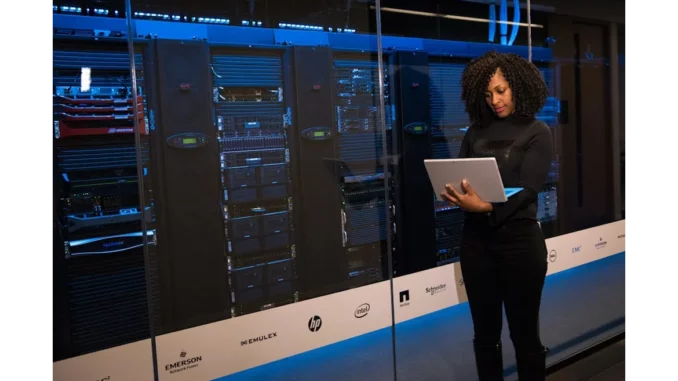
In the vibrant world of photography, there is a constant evolution not just in techniques and tools but in the way creators manage their precious work. A pivotal aspect of this evolution is the use of Network Attached Storage (NAS) systems, which has transformed how photographers store, access, and share their data. To delve deeper into this topic, I had the pleasure of speaking with Lucas Harrington, a seasoned photographer and tech enthusiast, who has been at the forefront of adopting and advocating for best practices in photography storage solutions.
Lucas Harrington, with his affable demeanour and impressive portfolio, is a well-respected figure in the photography community. His journey into the world of NAS storage began out of necessity. “I started off like most photographers,” Lucas recalled, “juggling multiple external hard drives, each with its own set of problems and risks. It wasn’t sustainable, especially as my projects grew larger and more complex.”
Lucas’s transition to using a NAS system was driven by a need for both efficiency and security. “The first thing I realised was that NAS isn’t just about storing data; it’s about creating a seamless workflow,” he explained. A NAS system, connected to a local network, allows photographers to access their files from any device within the network, offering a level of convenience that traditional storage methods couldn’t match.
Lucas’s experience is a testament to the importance of understanding and implementing best practices when using a NAS system. “The key is not just having a NAS but knowing how to use it effectively,” he said. He emphasised the importance of proper setup and configuration. “It’s crucial to invest time in setting up your NAS correctly. This means ensuring your data is organised, your system is secure, and you’re using RAID configurations tailored to your needs.”
One of the standout features of a NAS, according to Lucas, is its ability to offer redundancy and protect against data loss. “Photography is an art that requires a lot of patience and effort. Losing your work due to a technical mishap can be devastating,” he noted. “With a NAS, I can set up RAID 5 or RAID 6 configurations, which provide redundancy. Even if one drive fails, my data remains intact.”
Lucas also discussed the role of NAS in collaborative projects, a feature that has become increasingly valuable in his line of work. “I often work with teams, and having a NAS means we can all access and edit the same files without having to be physically present in the same studio,” he shared. This capability has not only streamlined his workflow but also opened up new possibilities for remote collaboration.
In our conversation, Lucas highlighted the importance of regular maintenance and updates. “Technology is constantly evolving, and so are the threats. Keeping your NAS firmware up-to-date is crucial to protect against vulnerabilities,” he advised. He also recommended scheduling regular backups, even when using a NAS, as an additional layer of protection.
When asked about the challenges he faced, Lucas was candid about the initial learning curve. “Switching to a NAS system can be daunting at first, especially if you’re not particularly tech-savvy,” he admitted. However, he was quick to add that the benefits far outweigh the initial hurdles. “There are plenty of resources and communities out there to help you get started. Once you get the hang of it, you’ll wonder how you ever managed without it.”
Lucas’s insights into NAS storage are invaluable for any photographer looking to enhance their data management strategy. His experiences underscore the need for a thoughtful approach to integrating technology into creative processes. “At the end of the day, a NAS is a tool that should work for you, not the other way around,” he mused.
As our conversation drew to a close, Lucas offered some parting advice: “Start small, learn as you go, and don’t be afraid to ask for help. The photography community is incredibly supportive, and there’s always someone willing to share their knowledge and experiences.”
Through his journey, Lucas Harrington exemplifies how embracing new technologies can elevate one’s craft. His story serves as a guiding light for photographers navigating the ever-changing landscape of digital storage, reminding us all that the right tools, when used effectively, can transform challenges into opportunities.
Koda Siebert

